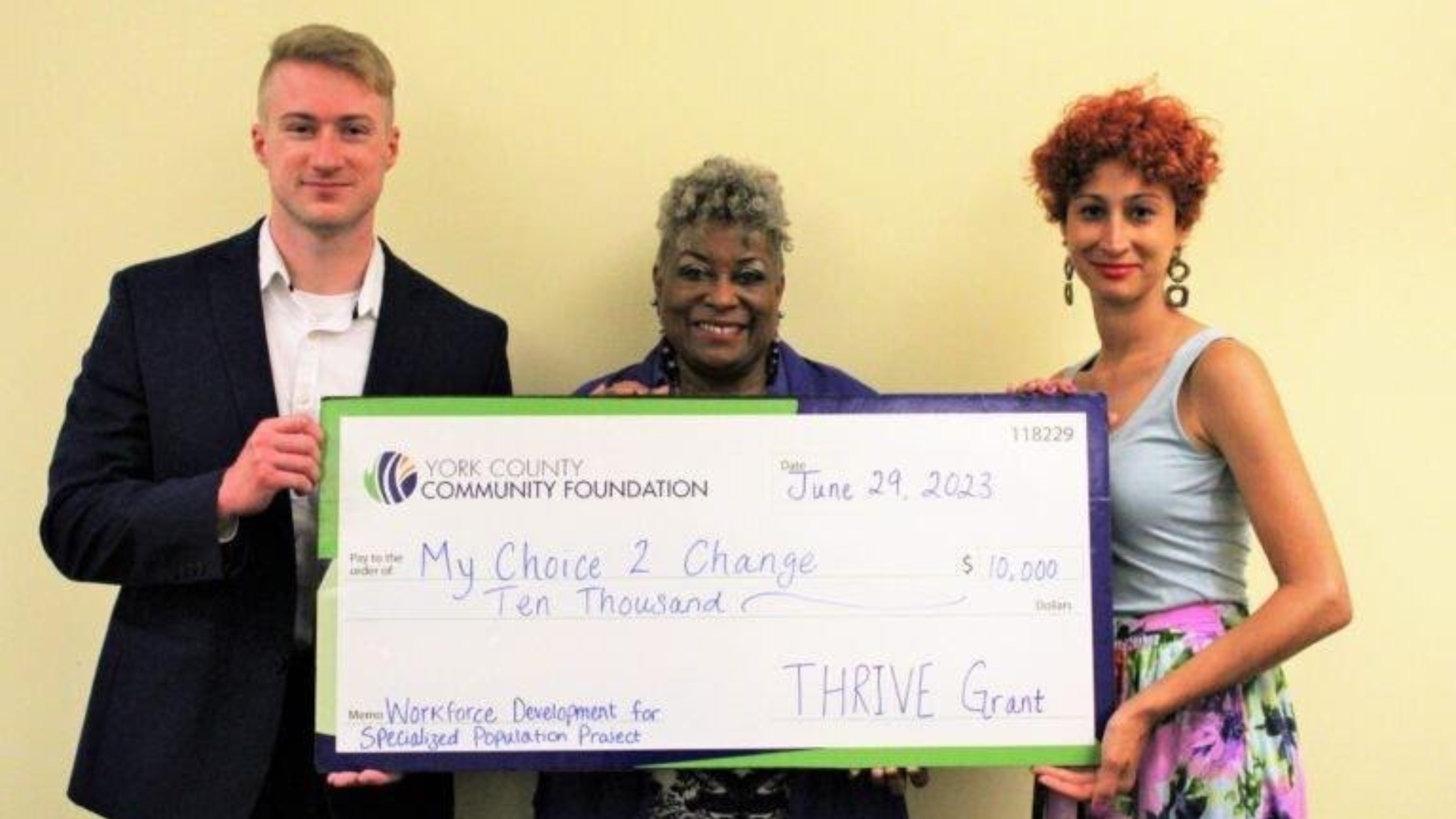Our Core Programs
Epiphany Project

The Epiphany Project is a response to the growing need for comprehensive wellness programs that address the root causes of at-risk behaviors among youth and sr citizens. Research has shown that a lack of communication skills and a lack of holistic wellness can contribute to various risky behaviors, including substance abuse, violence, and mental health issues, with our youth and self-medicating and gambling addiction with our seniors, due to loneliness.. By bringing together senior citizens and youth, the Epiphany Project aims to create a supportive environment where both generations can learn from each other and develop essential life skills.
The Epiphany Project is based on the understanding that intergenerational relationships can be mutually beneficial. Senior citizens have a wealth of life experience and wisdom to share, while youth can bring energy, enthusiasm, and new perspectives. By fostering these relationships, the project aims to create a sense of belonging and connection for both generations, which can help prevent at-risk behaviors.
The primary goal of the Epiphany Project is to prevent at-risk behaviors among youth by promoting holistic wellness and communication skills. Specific objectives include:
- Establishing intergenerational mentoring relationships between senior citizens and youth.
- Developing and implementing a curriculum that focuses on the 8 dimensions of wellness (physical, emotional, social, intellectual, occupational, spiritual, environmental, and financial).
- Providing training and support for both senior citizens and youth mentors.
- Evaluating the effectiveness of the program in preventing at-risk behaviors among youth.
Senior citizens and youth mentors will receive training on effective communication skills, active listening, and conflict resolution. They will also be provided with resources and support to help them navigate their roles as mentors.
Prevention

Assessment of the Need for Prevention Education in the School System in York, PA, and Its Boroughs, Including Red Lion
I. Overview: York, PA, and its surrounding boroughs, including Red Lion, are facing a critical public health crisis marked by a significant number of opioid overdoses. The urgent need for prevention education in the school system is underscored by the following factors:
II. Opioid Epidemic Impact:
- High Incidence of Opioid Overdoses: The region has experienced a surge in opioid overdoses, resulting in a considerable loss of lives and devastating impacts on families and communities.
- Youth Vulnerability: Adolescents and young adults are increasingly vulnerable to opioid misuse, influenced by various environmental and societal factors.
III. School System Vulnerability:
- Access to Prescription Medications: Students may have increased access to prescription medications, leading to potential misuse and abuse.
- Peer Pressure and Social Environment: Schools may serve as environments where peer pressure and social dynamics contribute to the initiation of substance use.
IV. Community Characteristics:
- Economic Factors: Socioeconomic challenges within the community may contribute to increased substance abuse, necessitating a proactive approach to prevention.
- Limited Access to Treatment: Limited access to treatment facilities and resources may place a higher emphasis on prevention efforts to curb the escalating crisis.
V. Lack of Awareness:
- Limited Understanding of Risks: There may be a lack of comprehensive understanding among students regarding the risks associated with opioid use and addiction.
- Need for Early Intervention: Early education is crucial for preventing substance abuse issues from escalating into more severe problems later in life.
VI. Importance of Prevention Education:
- Empowering Youth: Prevention education empowers students with the knowledge and skills necessary to make informed decisions about substance use.
- Community Engagement: Schools play a pivotal role in engaging the community, including parents and caregivers, in collaborative efforts to combat opioid misuse.
- Breaking the Stigma: Education programs can contribute to breaking the stigma associated with substance abuse, fostering an environment where students feel comfortable seeking help.
Work-Force and Self Development

$10,000 to My Choice 2 Change, Inc for its Workforce Development for Specialized Population Project
This Project will provide workforce development services to ex-offenders and individuals in recovery. Services will include resume preparation, mock interviews, and other job preparation services.
Reentry Services

The York Prison Reentry Program plays a crucial role in facilitating the successful transition of individuals back into society. However, the program acknowledges the need for a more intentional focus on racial equity to address systemic issues affecting communities of color. This paper presents a strategic plan for infusing racial equity principles into the existing reentry framework.
Racial Equity Training: The foundation of the proposed program lies in implementing comprehensive racial equity training for both staff and participants. This training will promote awareness of systemic biases, cultural competency, and strategies to address racial disparities. Workshops and discussions will be conducted to foster an inclusive environment within the program.
Integration of Wellness Dimensions: Recognizing that individuals leaving the prison system face multifaceted challenges, the program will embrace the 8 dimensions of wellness:
- Emotional Wellness: Counseling services and emotional support groups
- Physical Wellness: Fitness programs and access to healthcare services
- Social Wellness: Building supportive networks through mentorship programs
- Occupational Wellness: Vocational training and job placement assistance
- Intellectual Wellness: Educational opportunities and skill development programs
- Spiritual Wellness: Cultivating a sense of purpose and connection
- Environmental Wellness: Promoting a safe and positive living environment
- Financial Wellness: Budgeting workshops and financial literacy programs
Community Engagement: To strengthen the reentry process, the program will establish partnerships with community organizations that specialize in racial equity initiatives, social justice, and community development. These collaborations will provide additional resources, mentorship opportunities, and a network of support beyond the prison walls.
Monitoring and Evaluation: A robust monitoring and evaluation system will be implemented to track the progress of participants. Data on reentry outcomes will be disaggregated by race to identify any disparities and inform ongoing program adjustments. Regular assessments will ensure that the program remains responsive to the unique needs of individuals from diverse backgrounds.
Conclusion: The proposed York Prison Reentry Program, centered on racial equity and the 8 dimensions of wellness, represents a critical step toward creating a more just and effective reentry experience. By addressing systemic issues and embracing holistic support, the program aims to empower individuals leaving the prison system to successfully reintegrate into society, regardless of their racial or ethnic background.
This paper serves as a blueprint for a transformative approach to reentry, emphasizing equity, inclusivity, and collaboration to break the cycle of inequality within the criminal justice system.
